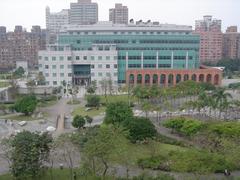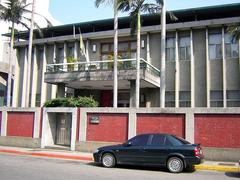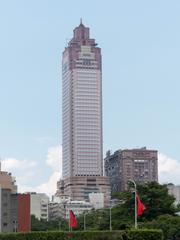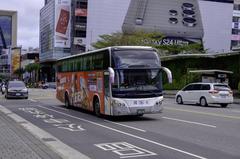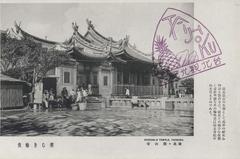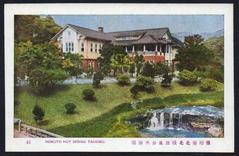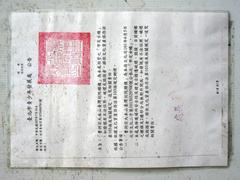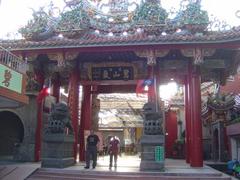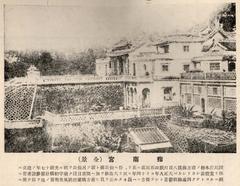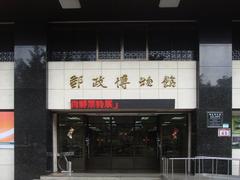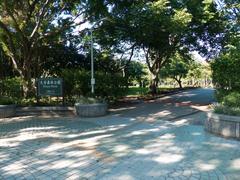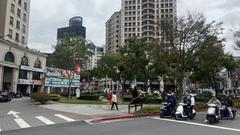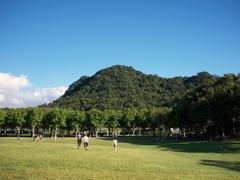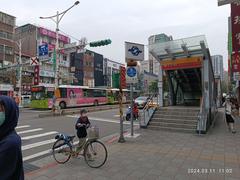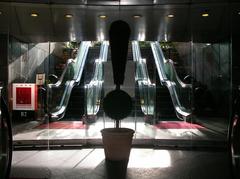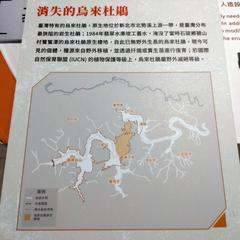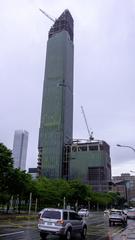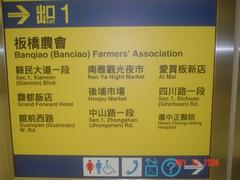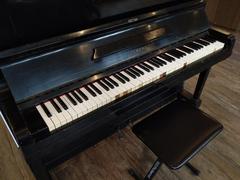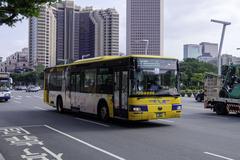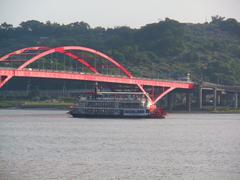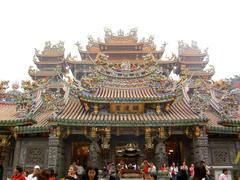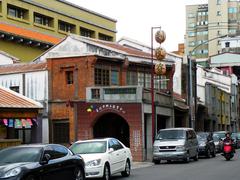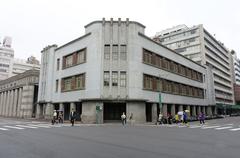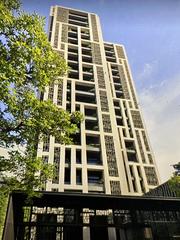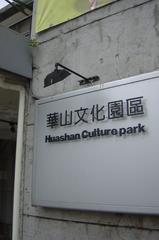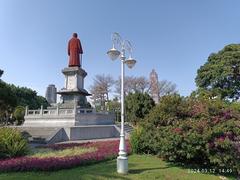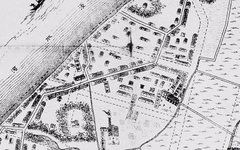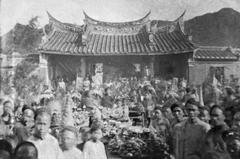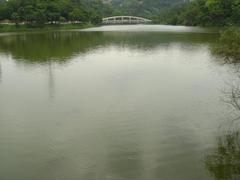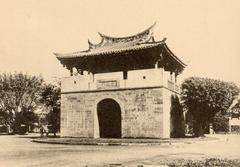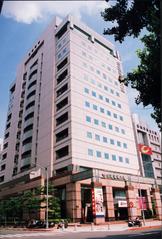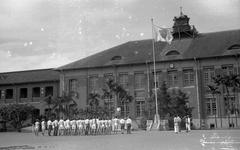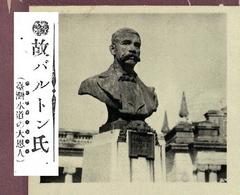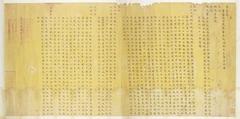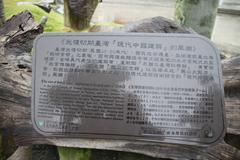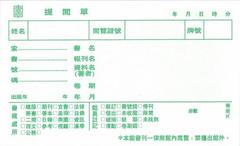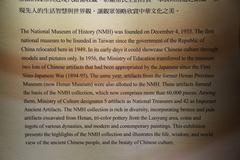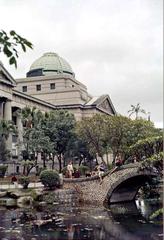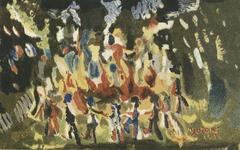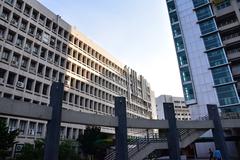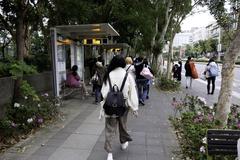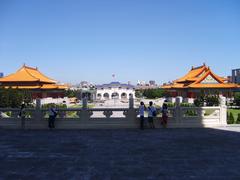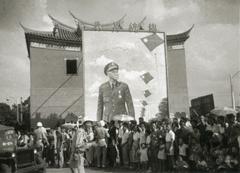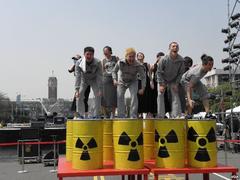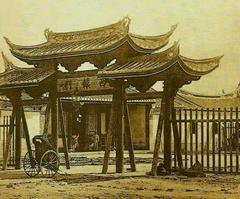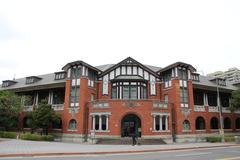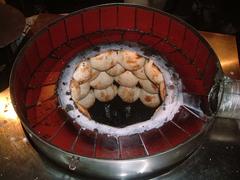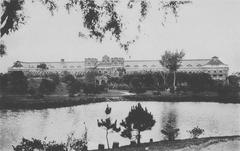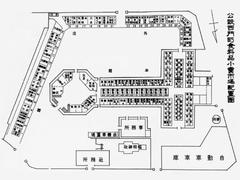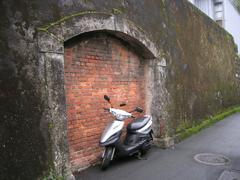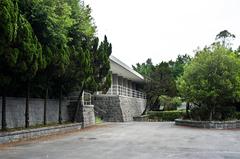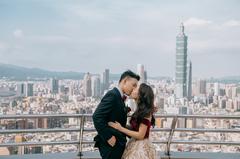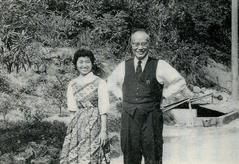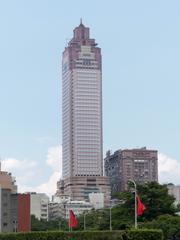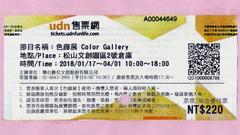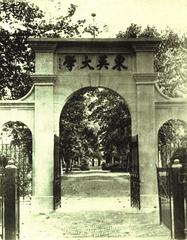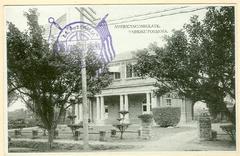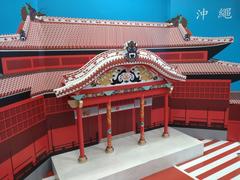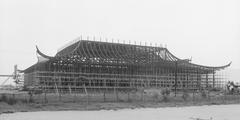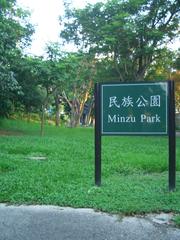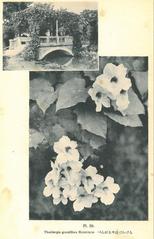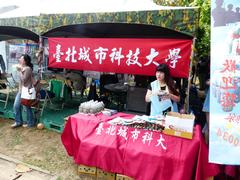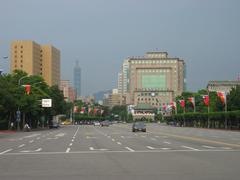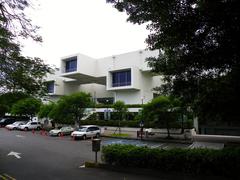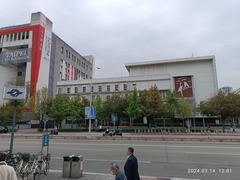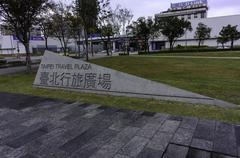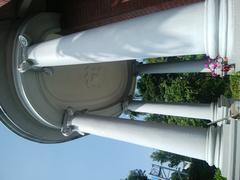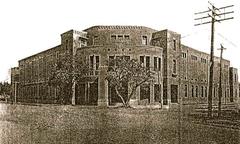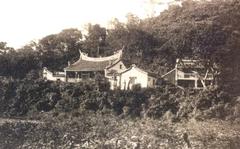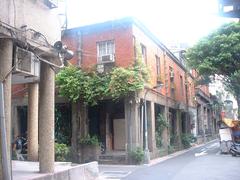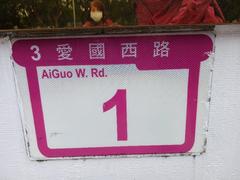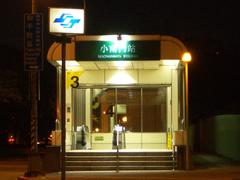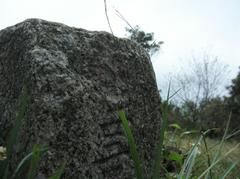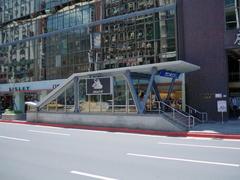Taipei Fujing Temple Visiting Hours, Tickets, and Travel Guide
Date: 04/07/2025
Introduction to Taipei Fujing Temple and Its Cultural Significance
Taipei Fujing Temple (福靜宮) is a prominent symbol of Taiwan’s rich cultural heritage, spiritual traditions, and architectural artistry. Situated in the historic Wanhua District, this temple reflects the enduring legacy of Han Chinese settlers from Fujian Province during the Qing Dynasty and stands as a testament to Taiwan’s syncretic religious landscape, where Buddhism, Taoism, and folk beliefs intricately intertwine. Its Southern Chinese (Minnan) architectural style—distinguished by sweeping tiled roofs, detailed carvings, colorful murals, and symbolic ornamentation—offers visitors a glimpse into centuries-old craftsmanship and deep-rooted religious symbolism (Taiwan Religious Culture Map; Adventure Backpack).
As a place of worship, Fujing Temple is dedicated to deities such as Mazu, Guanyin, and other local tutelary gods. It also serves as a vibrant community hub, historically facilitating social cohesion, dispute resolution, and charitable activities. Visitors can witness traditional rituals, observe lively festivals, and experience the temple’s role in preserving intangible cultural heritage (justaiwantour.com; askyfulloftravels.com).
The temple is open daily, offering free admission and accessibility accommodations. Its convenient location near public transportation makes it an essential stop for cultural tourists, spiritual seekers, and history enthusiasts, especially given its proximity to other historic sites and bustling markets (The Ordinary Katalog; Hoponworld).
Whether you are exploring ornate altars, admiring artistic murals, or participating in vibrant festivals, a visit to Fujing Temple provides profound insight into Taiwan’s living traditions and architectural heritage. This guide delivers practical information on visiting hours, accessibility, etiquette, and nearby attractions to ensure a fulfilling and respectful visit (The Broke Backpacker; Gamin Traveler).
Discover Fujing Temple Taipei: Visiting Hours, Tickets, and Historical Significance
Early Origins and Historical Context
Founded during the Qing Dynasty by Han Chinese immigrants from Fujian Province, Taipei Fujing Temple dates back to the 18th or 19th century. It provided a spiritual refuge for immigrants, anchoring their beliefs and traditions in a new land. The temple’s establishment was a communal effort, reflecting the collective spirit that shaped early Taipei neighborhoods (Taiwan Religious Culture Map).
Religious Significance and Deities
The temple exemplifies Taiwan’s syncretic religious traditions, venerating deities such as Mazu (goddess of the sea), Guanyin (goddess of compassion), and local guardian gods. These deities offer protection, blessings, and spiritual continuity for worshippers, with regular rituals and festivals reinforcing cultural and communal bonds.
Architectural Evolution and Artistic Features
Fujing Temple showcases the Minnan (Southern Fujian) architectural style: ornate roof ridges, upturned eaves, dragon and phoenix sculptures, and vibrantly colored tiles. The temple’s structure and decorative art have been meticulously restored to withstand Taiwan’s humid climate and natural challenges, preserving its historical and aesthetic value (Nick Kembel).
Community and Cultural Role
Beyond religion, the temple has played a pivotal role in community life—hosting festivals, organizing charity, and serving as a site for dispute resolution. Its location has influenced the neighborhood’s layout, with nearby markets and shops serving both locals and visitors. Festivals featuring lion dances, music, and processions continue to foster a sense of community.
Preservation and Modern Relevance
Having withstood significant historical changes, including the Japanese colonial era and Taiwan’s modernization, Fujing Temple remains a cultural landmark thanks to ongoing preservation efforts and promotion of Taipei’s religious heritage (Taiwan Religious Culture Map).
Visitor Information: Hours, Tickets, and Accessibility
- Opening Hours: Daily, typically from 6:00 or 7:00 AM to 9:00 PM (some sources mention 6:00–9:00, others 7:00–9:00; check before your visit).
- Admission: Free. Donations are appreciated to support temple upkeep and community programs.
- Accessibility: Wheelchair-accessible entrances and pathways are available. Some inner areas may have steps; assistance is available upon request.
- Best Visiting Times: Weekday mornings or late afternoons for a tranquil experience. Festivals offer vibrant cultural displays but are busier.
- Getting There: Located in Wanhua District, a short walk from Longshan Temple MRT Station (Blue Line). Also accessible by bus or taxi (The Ordinary Katalog; Hoponworld).
Experience at the Temple: Rituals, Artistry, and Atmosphere
Inside Fujing Temple, visitors are greeted by intricately carved pillars, colorful roof tiles, and statues of revered deities. The main hall and side shrines are designed for worship and rituals, while courtyards invite quiet reflection. The air is scented with incense, and the atmosphere is peaceful, punctuated by soft prayers and ritual sounds.
During festivals, the temple comes alive with lanterns, processions, and performances. Visitors may participate in lighting incense, offering fruit or flowers, or drawing fortune sticks (“kau cim”). Modest dress is required—cover shoulders and knees, and remove hats inside the halls. Photography is usually allowed in courtyards but restricted near altars; always observe posted signs (Reddit: Dos and Don’ts in Taiwan).
Nearby Attractions and Suggested Itineraries
Fujing Temple’s central location makes it a gateway to Wanhua’s historic highlights. Combine your visit with the Bopiliao Historical Block, Herb Alley, and Xiyuan Road’s Buddhist icon shops. For a full day, consider adding the National Chiang Kai-shek Memorial Hall, Taipei Confucius Temple, and Ningxia Night Market (Life of Taiwan; The Broke Backpacker).
Practical Tips for Visitors
- Dress Modestly: Shoulders and knees should be covered; remove hats and sunglasses inside.
- Language: Mandarin is predominant; some staff speak English. Basic phrases or translation apps are helpful (Hoponworld).
- Safety: Taipei is safe, but keep an eye on belongings, especially during crowded festivals.
- Weather: Best visited in spring (Mar–May) and autumn (Sep–Nov); summers are hot and humid.
- Photography: Allowed in public areas; avoid flash and respect no-photo zones.
- Refreshments: No food inside the temple, but nearby eateries offer traditional Taiwanese dishes (The Ordinary Katalog).
- Souvenirs: Religious artifacts and crafts can be found along Xiyuan Road.
Cultural Sensitivity and Responsible Tourism
Respect local customs: keep noise low, avoid public displays of affection, and observe local etiquette. If uncertain, follow the behavior of locals or ask staff for guidance (Reddit: Dos and Don’ts in Taiwan).
Frequently Asked Questions (FAQ)
Q: What are Taipei Fujing Temple’s opening hours?
A: Typically from 6:00 or 7:00 AM to 9:00 PM, but check ahead during festivals.
Q: Is there an entrance fee?
A: No admission fee; donations are welcomed.
Q: Are guided tours available?
A: Occasionally, and through local operators—check with staff or visitor centers.
Q: Can I take photographs inside?
A: Yes, in public areas; restricted near altars—always observe posted signs.
Q: How do I get there?
A: Short walk from Longshan Temple MRT Station (Blue Line); also accessible by bus or taxi.
Q: Is the temple wheelchair accessible?
A: Yes, with accessible main areas; assistance available for steps.
Summary of Key Information
Taipei Fujing Temple is a vital cultural and spiritual landmark, representing Taiwan’s religious syncretism, community values, and artistic excellence. Its roots in Fujianese immigrant culture, role as a living center for worship, and exquisite architecture make it a must-visit for anyone exploring Taipei’s historical and cultural identity (Taiwan Religious Culture Map; Adventure Backpack). With daily opening hours, free admission, and accessibility features, the temple welcomes all—local worshippers and international visitors alike.
For the best experience, observe etiquette, participate in rituals mindfully, and take advantage of guided tours when available. The temple’s integration of art, nature, and spirituality provides an ideal environment for reflection and discovery. For up-to-date information and personalized travel tips, download the Audiala app and follow related social media channels (Hoponworld; Gamin Traveler).
References and Further Reading
- Taiwan Religious Culture Map
- Justaiwantour.com
- Askyfulloftravels.com
- Adventure Backpack
- The Ordinary Katalog
- Hoponworld
- The Broke Backpacker
- Gamin Traveler
- Life of Taiwan
- Reddit: Dos and Don’ts in Taiwan
